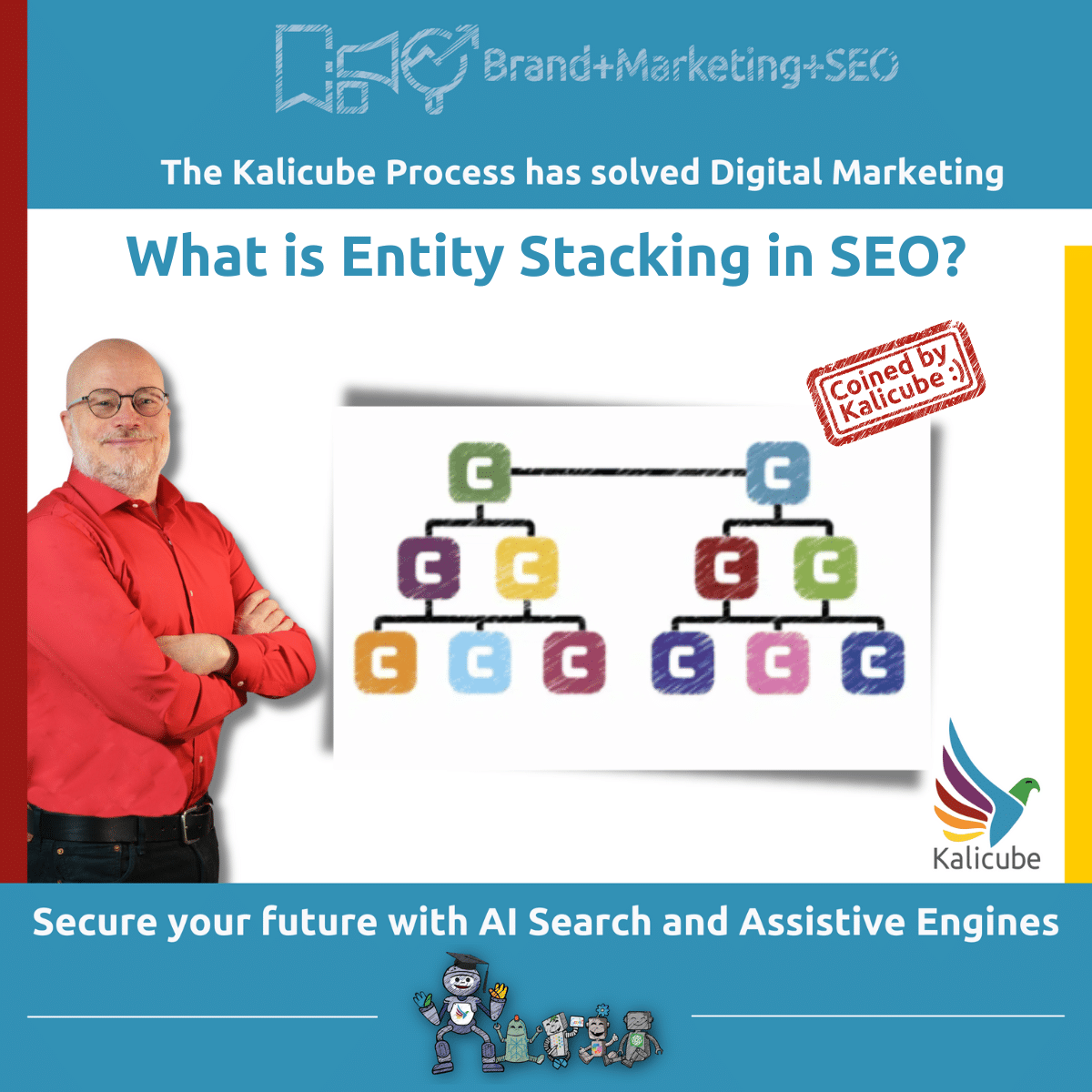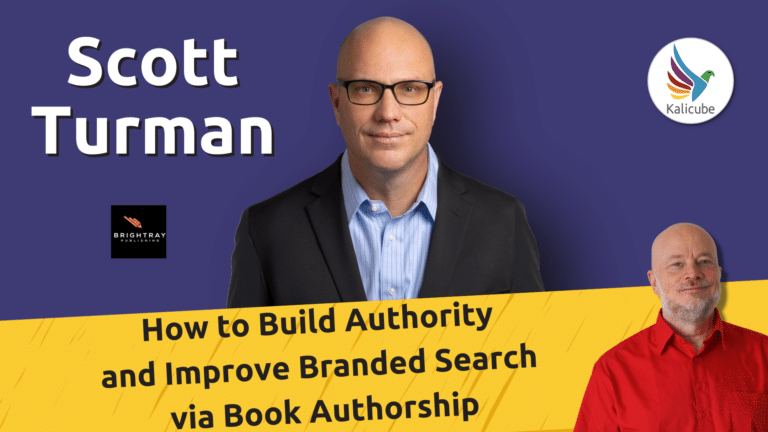Entity Stacking in SEO: What You Need To Know

What is Entity Stacking in SEO?
Entity Stacking in SEO is a link-building approach using links from Google platforms and applications to a website to increase the relevance and visibility of a brand, its content, and targeted keywords.
It typically involves sending a link to a website from Google properties such as Google Docs, Google Slides, Google Sheets, custom Google Maps, and Google Sites. This is to increase link authority and drive traffic to the desired website.
Evolution from “Web 2.0s” to Google Stacking
Google Stacking is an evolution of an earlier link scheme method known as “Web 2.0“. The Web 2.0 method used social bookmarking sites, blogging sites (also part of Google), and other low-cost or free platforms such as Wix, Weebly, HubPages, and Squidoo to create a “link wheel.”
What are the main purposes of Google Stacks?
Google Stacks serve three roles:
- Link building: By using Google properties, you get backlinks to your website, which can positively impact your search engine rankings.
- Content promotion: By using various Google platforms, you can increase the visibility and placement of your content in search results.
- Reputation control: Google Drive properties let you temporarily suppress negative comments or content, so you can effectively manage your online reputation.
By understanding the principles of Entity Stacking in search engine optimisation, you can make educated decisions about your link-building efforts and maintain a positive online presence.
At Kalicube, we don’t use or recommend Entity Stacking or Google Stacks for SEO or Brand SERP (search engine results page) optimisation.
Importance of Link-Building in SEO
In the world of SEO, link-building helps establish the authority and visibility of a website.
Link-building means acquiring high-quality and relevant backlinks from other websites to your own. These backlinks act as digital votes of confidence, indicating to search engines that your website is reputable and trustworthy.
Link-building is useful in SEO for several reasons
Enhanced Search Engine Rankings: Search engines, like Google, consider backlinks a ranking factor. Websites with diverse backlink profiles may rank higher in search results. Link-building helps signal to search engines that your website is popular and valued by others, increasing its chances of appearing prominently in search engine results.
Increased Website Traffic: Backlinks act as pathways that lead users from other websites to your own. When reputable websites link to your content, it exposes your website to a larger audience, potentially driving more traffic to your website. Quality backlinks from relevant sources can attract highly targeted visitors who engage with your content and can convert to customers or subscribers.
Establishing Authority and Trust: Backlinks from authoritative and reputable websites are like endorsements from industry leaders. They validate the credibility and expertise of your website, enhancing its perceived authority and trustworthiness in the eyes of search engines and users. Building an authentic backlink profile helps position your website as a reliable source of information and establishes it as an authoritative player in your industry.
Improved Indexing and Crawling: When search engine bots crawl the web, they follow links to discover and index new web pages. Backlinks from reputable websites increase your chances of search engines discovering your website and crawling and indexing it more frequently. Link-building helps ensure that search engines can easily navigate and understand the structure of your website, leading to better visibility and indexing of your content.
Brand Exposure and Awareness: Link-building often involves reaching out to other website owners and influencers within your industry. This outreach process can lead to partnerships, collaborations, and mentions that expose your brand to a wider audience. Through link-building efforts, you can increase brand visibility, attract new customers, and establish meaningful connections within your niche.
Understanding Google Entity Stacking
The Rationale Behind Google Entity Stacking and Its Perceived Benefits
Google Entity Stacking is a technique that leverages various Google-owned platforms and applications, such as Blogger, YouTube, Google Docs, Google Sheets, and Google My Business, to build a network of entities around a particular brand or business. The rationale behind this approach is based on a few key factors.
First, Google dominates the market for search. Every day over 93% of all searches are made on Google. Some search practitioners believe Google is less likely to penalise or devalue backlinks from Google products. This perceived immunity to penalties makes these backlinks appear more valuable and trustworthy in the eyes of entity-stacking users.
Proponents of Entity Stacking argue that Google is a trusted source and multiple backlinks from Google entities can help improve a brand’s reputation and authority in search engine results pages (SERPs). This “advantage” lies in the assumption that Google’s authority and influence will positively impact the visibility and ranking of the brand or entity associated with the entity stacking technique.
Others hope to piggyback on Google’s dominance and get backlinks from Google products so their websites are indexed quickly for faster visibility in search results.
However, there are differing views on the effectiveness and long-term benefits of Google Entity Stacking. Sceptics argue that Google can devalue or ignore links from its platforms by using mechanisms such as the “no follow” attribute. This attribute instructs search engines not to pass on the link value of a particular link, thereby reducing its perceived value.
Clarifying Misconceptions and Addressing Potential Risks
For a sound and balanced SEO approach, clearing up misconceptions and addressing potential risks associated with Entity Stacking is critical. While entity stacking can offer benefits, it has significant limitations and risks. We recommend a holistic SEO strategy that includes multiple link sources, valuable content creation, and compliance with search engine guidelines.
Clarifying Misconceptions
Addressing Potential Risks
Should you use Google Entity Stacks for SEO?
The answer is a clear NO.
“Google Stacks”, also known as “Google Entity Stacks” or “Google Authority Stacks”, is a link-building tactic that uses Google properties to build relevance and information about your brand, content, and keywords.
Google.com is considered “high authority”, and links that come from Google’s sites are unlikely to incur algorithmic penalties. For this reason, some SEO companies offer this “service” to improve a website’s ranking. This assumption is false.
While Google Stacks aim to curb PBN spam, they are based on outdated link-building techniques and a theory that Google won’t detect link manipulation on its platforms. Google devalues manipulative sites when it discovers link schemes.
It’s not clever to build your digital ecosystem using questionable SEO practices. Relying on manipulative link wheels is neither sustainable nor cost-effective.
Stacking may seem appealing. But gimmicks and shortcuts create uncertainty and can lead to devastating losses. Focussing on superior content and ethical SEO techniques will yield better results in the long run.
Pitfalls and drawbacks of “Entity Stacking”
Lack of Long-Term Sustainability
Entity Stacking is often seen as a shortcut or gimmick in search engine optimization. It relies on spamming Google-owned platforms with links, which may provide temporary benefits but is unlikely to deliver sustainable long-term results. Search engines, including Google, constantly update their algorithms to combat manipulative tactics. It’s risky to rely solely on Entity Stacking.
Risk of Penalties
Engaging in manipulative practices, such as artificially creating links or participating in link schemes, can lead to penalties from search engines. Google has mechanisms, such as the “nofollow” attribute, to control the flow of link equity. This means that not all links from Google platforms pass valuable link equity, diminishing their perceived value and potential impact on search rankings.
Imbalanced Link Profile:
Overemphasis on Google-owned platforms without diversifying the link profile can raise red flags to search engines. A natural and diverse link profile from authoritative and relevant sources is essential for long-term SEO success. Relying solely on entity stacking can create an unnatural link pattern that may result in penalties or a loss of credibility.
Lack of Control over Algorithm Changes:
Google frequently updates its algorithms to ensure the quality and relevance of search results. What entity stacking techniques work today may not work tomorrow. Relying heavily on a single tactic like entity stacking leaves businesses vulnerable to algorithm changes and potential decreases in rankings.
Ineffectiveness in Reputation Control
While entity stacking may claim to help suppress negative comments temporarily, relying on this tactic alone is unlikely to manage reputation issues. Building a robust online presence and a positive brand reputation requires a comprehensive approach that includes valuable content creation, engaging with users, and ethical SEO practices.
Google has cracked down on spam links and link schemes, including private blog networks (PBNs) and manipulative tactics. While Google Stacks can provide temporary benefits, there are more sustainable and reliable long-term strategies for improving website rankings.
Instead, it is more effective to focus on creating high-quality content, meeting search intent, and implementing appropriate SEO strategies to build a solid online presence and improve search result rankings.
How Does Entity Stacking Fit Into Brand SERP Optimisation and Knowledge Panel Management?
Entity Stacking doesn’t play a role in Brand SERP Optimisation or Knowledge Panel Management.
At Kalicube, we use sustainable, legitimate practices to optimise your Brand SERP and manage your Knowledge Panel. We don’t use hacks, quick fixes, or try to game the search engines. We access millions of data points across thousands of industries in Kalicube Pro to create a digital marketing strategy targeted to your business. The Kalicube Process is tried and proven. It worked yesterday, works today and will work tomorrow.
Conclusion
Avoid shortcuts like Entity Stacking. Instead, focus on authentic strategies that prioritise long-term growth and reputation. Building a solid digital ecosystem requires valuable content, meeting user intent, and adhering to search engine guidelines. Invest in reputable SEO practices, including cultivating high-quality backlinks, to establish your brand as a prominent online entity. Remember, there are no quick fixes in search engine optimisation; it’s a journey that requires dedication, patience, and a comprehensive approach for sustained success.
And that’s what we do at Kalicube.
Contributors:

Jean Marie
Website Content Manager. Joined Kalicube in February 2022
LinkedIn: www.linkedin.com/in/jeanmarielaurente
Email: [email protected]




















